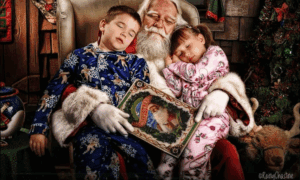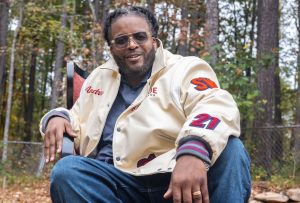This heart-filling adventure of discovery and joy began in the simplest way: I was looking for a television show to play in the background as I worked.
My writing days started in newsrooms and boisterous press boxes where it was a constant cacophony of noise. There is a specificity in picking a television show for background noise: It has to be one that won’t distract me from working yet will keep me company. I fiddled with the Roku until I found the perfect one: “The Andy Griffith Show.”
In the course of two days’ worth of work, I went through the entire first season — a remarkable 32 episodes. (Today, sitcoms have a season length that is 18 to 24 episodes.) Then, I watched the second season.
I became distracted by the sheer brilliance of the show.
It is possible that I have seen every episode of “The Andy Griffith Show” a dozen times. For this, I am grateful to Ted Turner who grounded his fledgling WTBS (the first block in the building of Turner Broadcasting System) with reruns of Perry Mason and back-to-back episodes of “The Andy Griffith Show” and “That Girl.” Andy Griffith entertained the childish me and “That Girl,” starring Marlo Thomas, inspired me.
Perhaps it’s because I’m older. Or wiser. Or married into a well-respected television family. I’m not sure which, but this time when I watched the show — which has not been off the air one day since it went into syndication in the early 1970s — I was awed.
It is a deceptively simple show that always has two storylines that end with a moral and have the kind of likable folks you want as neighbors. The dialogue is snappy, the language is Southern authentic, and the town of Mayberry, N.C., is timeless. The producers and writers were smart enough never to mention the troubles that plagued the turbulent 1960s.
Those two days have inspired me to write a four-part series on one of Hollywood’s greatest gifts to America — “The Andy Griffith Show.”
Danny Thomas (ironically, the father of my childhood hero, Marlo) and Sheldon Leonard had become producing partners on the hit series, “The Danny Thomas Show.” The pair created “The Dick Van Dyke Show” and discovered a young woman named Mary Tyler Moore.
“The girl with the cute nose and three names who auditioned to be my daughter. How about her for Laura Petrie?” Danny said to Sheldon when casting the show.
“Sheldon was a great guy,” Tink’s father, Grant, told us one day. “Really smart with terrific instincts.” He chuckled and told a story of how Mr. Leonard had managed to reverse the decision of the sponsor who canceled “The Dick Van Dyke Show” after the first season. Four more seasons would see the show honored with 15 Emmys, including two for the girl with the cute nose.
A William Morris agent called Mr. Leonard and said, “We’ve signed a new comedian named Andy Griffith. Would you be interested in creating a show for him?”
Andy Taylor, the country sheriff, made his debut in an episode of Thomas’ show where the family is traveling through Mayberry when Thomas is pulled over for running a stop sign.
“Hello, Clem,” Thomas said sarcastically to the rural sheriff as he stepped out of the patrol car.
“The name’s Andy,” he grinned broadly. “Andy Taylor.”
The spin-off was born — meaning a new show was introduced through a successful, existing show.
A legend was born, too.
Danny Thomas, a marvelous entertainer, may be one of the greatest unsung heroes of the 20th Century. He prayed to St. Jude, the Patron Saint of the Hopeless, as he struggled to make enough money to raise his family in 1940. Once successful, he acknowledged his blessings by founding St. Jude’s Children Hospital in Memphis.
He gave us both St. Jude’s and “The Andy Griffith Show.”
Americans are grateful for both.
(This is the first in a four part series on the legendary “Andy Griffith Show.” Next week, we visit Mt. Airy, the real-life Mayberry.)
[Ronda Rich is the best-selling author of the new book, “Let Me Tell You Something.” Visit www.rondarich.com to sign up for her free weekly newsletter.]













Leave a Comment
You must be logged in to post a comment.